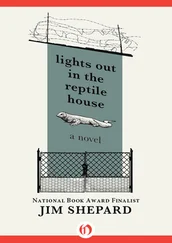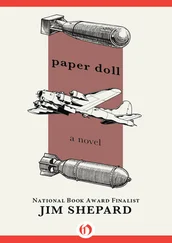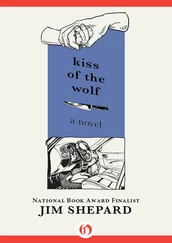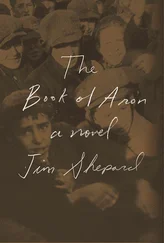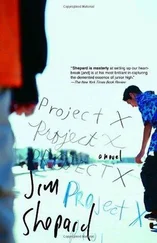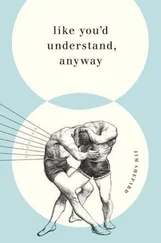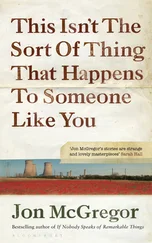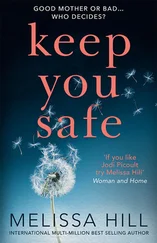It seemed to detonate everything on the other side of the river before it came across. It swept away the barges. It blew apart the School of Industry. It drew river water forty feet up into the funnel before it sheared off as steam. By the time it hit the Clothing Depot it sounded like gargantuan waterfalls crashing together.
Two policemen agape on a refugee’s cart were blown away. Tsuburaya’s father was knocked down and blasted along the ground until his hand caught onto something. A teenaged girl on fire flew by over his head. Human beings all around him were sucked into the air like sparks. He shut his eyes against the wind and heat. A tree was wrenched from the ground, roots and all, before him, and he crawled into the loose earth and was able to breathe. Some ruptured water mains there had created a bog, and he tunneled into the mud.
When he revived, the backs of his hands had been burned to the bone. Everyone was gone. The skin atop his head was gone. His ears were gone. Something beside him he couldn’t recognize was still squirming.
At their store that evening, two hundred and twenty kilometers away, Tsuburaya’s grandmother reported that the columns of smoke and cloud carried upward by the convection currents made everyone wonder if a new volcano had been born. An intense red glow spread across the southern horizon.
His father said he remembered only fitful things afterward. Someone carried him somewhere eventually. An army cart in one of the burned-out areas stopped to pass out cupfuls of water to refugees. A riderless horse stood in the road too badly burned to move. Bodies looked like black rucksacks except for the occasional raised leg or hand. He remembered a shirt like his son’s under a cascade of lumber. A functioning well with a long queue beside it. He died soon after he mentioned the well, describing the water he so enjoyed from it.
In the years following his death Tsuburaya talked to historians and scientists and survivors. The historians informed him that over four thousand acres of Tokyo had burned, ten times the acreage of the Great Fire of London’s, and that a hundred thousand people had perished, a hundred times the number consumed in the Americans’ San Francisco fire. The scientists informed him that the updraft that produced the columns his grandmother witnessed had caused a gigantic vacuum near the ground and the surrounding air had swept in to fill it before being drawn upwards itself, resulting in a furnace four thousand acres wide and an updraft that generated tornadoes as it pulled the fire up into it: fire tornadoes. And the survivors told him stories like the ones his father had related. Though of course once Masano and Tsuburaya had endured the fire raids at the end of the war, he no longer needed to turn to others for that sort of understanding. “Smoke Tsuburaya,” she’d said to herself one night as they’d hurried down the steps to a shelter. He’d had less trouble than others negotiating a safe route through the fires, since he knew from his father’s experience which way to go.
“Do you think he knew I was listening?” he’d asked his uncle on the morning his family had returned home from his father’s deathbed. He’d shamed himself by weeping so much on the train that his grandmother had finally taken a seat opposite him.
“I don’t think he gave it any thought,” Ichiro answered.
At the sound bay, everyone was very excited about the roar Ifukube had come up with. Tsuburaya had charged him with the task of creating for the monster’s cry something melancholy and ear-splitting—“Try producing that combination,” Ifukube had complained when given the instructions — and he’d spent two weeks sorting through recordings of wild animals before he’d finally given up and settled on drawing a heavy work glove across the strings of a contrabass and manipulating the sound in an echo chamber. The result was hair-raising. The entire production team was beside itself with happiness. He had also overlaid a recording of a taiko drum with an electronically altered mine detonation to produce the monster’s footfalls.
Halfway through the shooting Honda told Tsuburaya that he was using many more close-ups of the monster’s face than he’d thought he would, because its dilemma was becoming more real to him. Man had created war and the Bomb and now nature was going to exact its revenge, with tormented Gojira its way of making radiation visible. That’s why he’d insisted that its skin be thick and furrowed like the keloid scars of the atomic survivors.
Tanaka was uneasy, in fact, with how often the movie referenced the war. And he worried that the long shots of the burned-out city would recall for everyone the newspaper images of Hiroshima and Nagasaki.
In the rushes of the final scenes, Honda noted how sad Gojira looked when he turned from the camera.
“That’s the way I made the mask,” Tsuburaya reminded him.
“No,” Honda said. “The face itself is changing through the context of what we’ve seen him go through. By the time the movie ends he’s like a hero whose departure we regret. The paradox of fearsomeness and longing is what the whole thing’s about.”
“I wouldn’t know about that,” Tsuburaya told him.
“It’s like part of us leaving,” Honda said. “That’s what makes it so hard. The monster the child knows best is the monster he feels himself to be.” After Tsuburaya didn’t respond, he added, “That’s why I love those shots of the city after the monster’s gone. All that emptiness, like a no-man’s land in which eloquence and silence are joined. If you don’t have both, the dread evaporates.”
That was true, Tsuburaya conceded. He volunteered that he was particularly proud of the shots of the harbor at night before the creature’s eruption from the sea: all along the waterfront, silence. Silence like thunder.
Akira was turned to the wall in his sleep when Tsuburaya got home. One foot hung over the pallet, exposing an impossibly thin ankle. He left for the boy a little maquette that the team had used to model Gojira’s head, standing it on the floor next to his mat.
Masano had apparently taken to mounting amulets throughout the house where their influence was desired, against pestilence at the doorway or against storms on the ceiling. The house was dark and still. Tsuburaya went through some old production notes at his desk. Atop one of the shot lists he found some gingko leaves and a note from Akira. His instructor at school had told him they kept the bookworms away.
“I’m a bad father,” Tsuburaya told Honda before his unit got started the next morning. His friend seemed unfazed by the news, so he added, “A bad husband, too.”
“Supposedly the cat forgets in three days the kindnesses of three years,” Honda answered.
They shot the scene of the creature crashing through the rail yards at Shinagawa. The suit’s rubber feet were continually torn up by even the thinnest steel of the model rails, and shot after shot after shot proved unsatisfactory. Some of their work was as repetitive as a carpenter’s hammering. But the house still had to be built.
Tsuburaya repaired the feet himself with cotton swabs and a glue pot and a fine brush while Nakajima drank tea and enjoyed the break. Handcraftsmanship justified itself as an expression of intimacy with the world. Honda made jokes about the number of people standing around on salary, but Tsuburaya reminded him that the potter accepted long hours at the kiln with his body and soul.
“That’s good to know,” Honda responded. “But in the meantime, nobody gets to eat.”
Mori mounted a publicity blitz four full weeks before the release, including an eleven-installment radio serial, and by the premiere their monster’s face glowered down from every bus and tramway stop, and a nearly full-sized Gojira balloon swayed and bowed in the wind over an automobile dealership in the Ginza district.
Читать дальше

